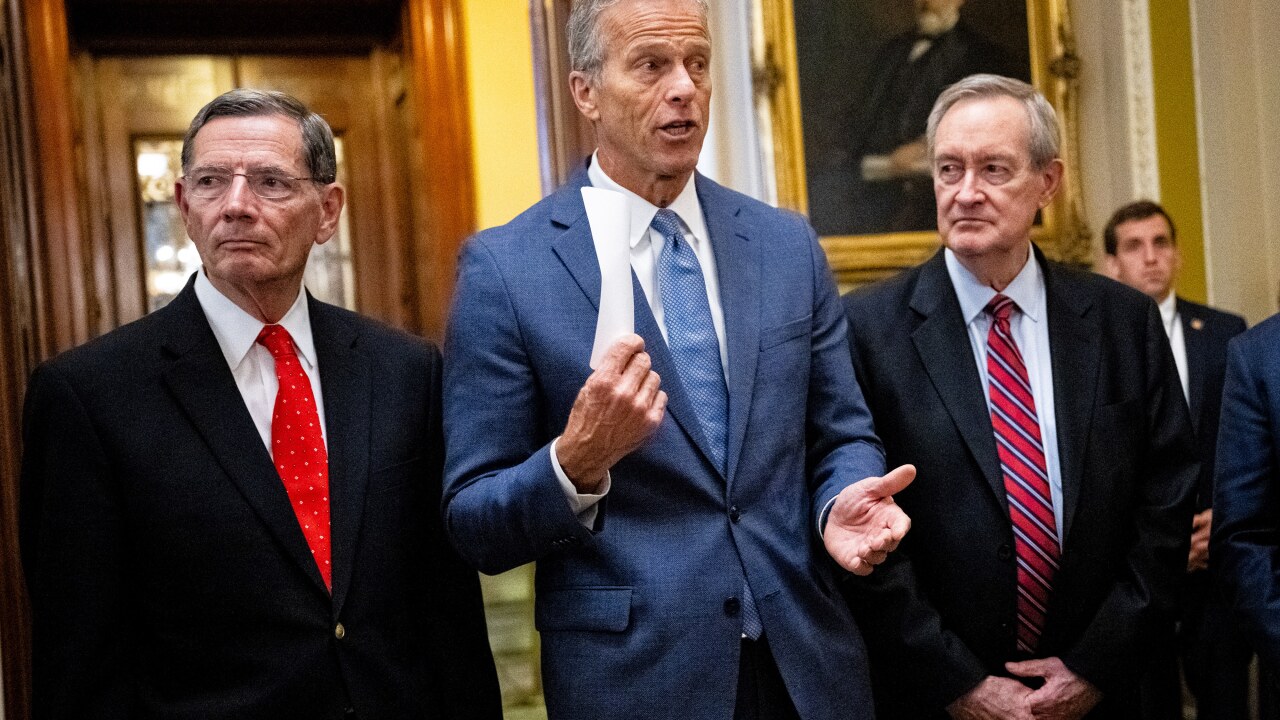Despite the doomsday predictions for banks and acquirers five years ago, the Durbin amendment hasnt dramatically shaken up the business models of the payments industry.
When Illinois Sen. Richard Durbin attached his amendment to the Dodd-Frank Wall Street Reform and Consumer Protection Act in 2010, with the goal of addressing the fees larger banks collect per debit card transaction, the effect of the rule was uncertain. Dodd-Frank went into effect July 21, 2010 and the Durbin rule took effect in October the following year.
Ultimately, the Durbin amendment reduced debit card interchange fees for banks with assets of $10 billion or more to 21 cents per transaction, plus 5 basis points and an extra penny if those banks had certain fraud protection measures in place (the pre-Durbin average was 50 cents per transaction). The measure also called for merchants to have the choice of at least two network routing options for debit transactions.
The fee cap sparked heated legal battles over its fairness (both merchants and banks took issue with the amount chosen by the Fed).
The Durbin rules may not have accomplished the goal of lowering prices for consumers by lowering fees for retailers, but acquirers have not been hurt at all," Ablowitz said.
"It did create stratification in prepaid, where only the small banks can drive the same way in prepaid because of the $10 billion threshold," he said. Also, decoupled debit company
In many ways, Durbin feels the ripple effect from the bigger financial reform waves in the Dodd-Frank Act. Similarly, just as it remains too early to calculate or fully determine the effects of Dodd-Frank on the banking industry, it is too early to measure Durbin's full effect on payments.
There were huge claims that Dodd-Frank would take all of the profits out of the industry, but what has kept the whole thing at bay is the current play on interest rates, said Brian Riley, senior research director and analyst with Boston-based CEB TowerGroup.
"The interchange factor has proven to be a losing battle and the card networks have a hard time defending it, Riley added. Interest rates affect a lot of volatility and a lot of transactions that can get pushed to the debit side.
The many legal battles over interchange that unfolded since Durbin took effect have almost overshadowed the law's actual effect on the financial services industry, Riley said.
The routing mandate, for example, led to three years of debate and politicking for the establishment of a common application identifier coded into EMV debit cards. No other EMV market globally had encountered such a problem.
The debate finally began to clear up in 2014 when independent networks began entering agreements to use
Still, not all issuers and merchants are clear on how the routing technology works. The EMV Migration Forum has been pushing its
Even after signing agreements with Visa and MasterCard, the independent debit networks continue to develop
Overall, industry players have learned to live with Durbin, with some even finding ways to make it work in their favor.
It has, to some degree, hurt small-ticket environments, but companies like Square capitalized on that by eating the losses in that market, Ablowitz said.
Acquirers and independent sales organizations have to recognize that changes may create fears, but they also bring opportunities, Ablowitz said. Whether the changes are regulatory or functions of the marketplace, the best companies figure out a way to work with it.





